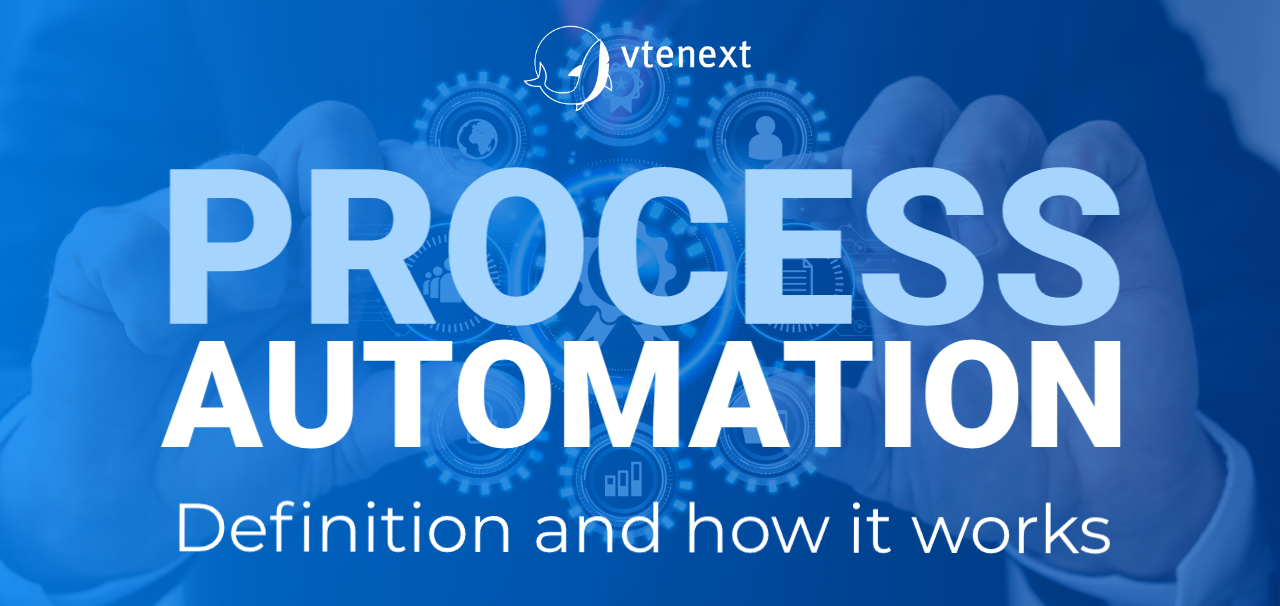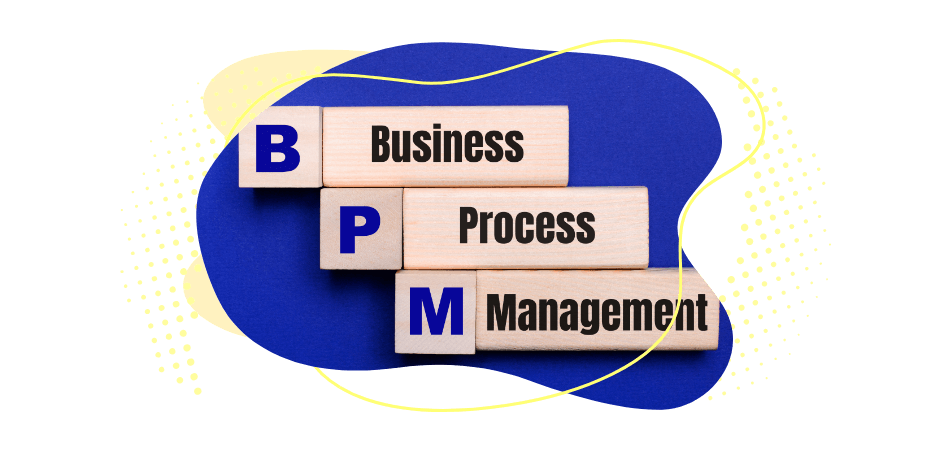In recent years, the way companies organise and run their business has changed profoundly. Process automation is part of this scenario as a concrete response to the growing need for efficiency, control and business continuity.
Increasingly advanced digital systems replace repetitive tasks, coordinate actions between departments, and ensure faster and more accurate results. Automation means reducing error margins, optimising resources and freeing up human potential from low-value-added activities. It is a silent but decisive transformation that is rewriting the rules of business productivity.
What is process automation: definition and meaning
Process automation is the use of digital technologies to manage business activities without continuous manual intervention. Reducing everything to a technical mechanism would be limiting. This practice represents a new way of conceiving the organization of work: each repetitive activity, each defined flow, can be transformed into a sequence managed by intelligent software, capable of learning, adapting, and interacting with complex systems.
Not only does automating a process mean making it faster, but also more transparent, traceable and integrated into the business information system. In this context, automation becomes an essential component of the operational language of the company, capable of enabling new decision-making and organizational models. It is a form of “invisible infrastructure” that works in the background, redesigning the logic by which value is produced and decisions are made, day after day.
How business process automation works
Within companies, many activities follow well-defined paths, often repeated in the same way day after day. It is in these contexts that automation finds its application, transforming operational sequences into digital flows capable of acting autonomously. Their operation is based on the identification of process steps and their translation into software-managed rules, which perform tasks, make decisions, and interact with other systems in real time.
Technologies such as artificial intelligence, event processing, and API integration make it possible for processes to run but also to adapt to changing conditions. Information is processed, exceptions are recognized and managed, and each step is transparently tracked. The interaction between automation and IT infrastructure enables a centralized view of operations, reducing downtime, duplication and error margins.
Automation helps replace manual work and, at the same time, creates a responsive ecosystem in which processes become intelligent elements of operational strategy.
Processes that can be automated
Each organization consists of a network of activities, some complex and strategic, others repetitive but essential for daily operations. It is in the latter category that automation finds its most effective application. The most suitable processes are those that occur frequently, follow stable rules, involve multiple stakeholders, and require traceability or regulatory compliance. From onboarding a new employee to managing IT requests, from invoice validation to marketing campaign segmentation, the areas of application are cross-functional.
However, there is no fixed list of processes that can be automated: what is managed manually today may become an automated flow tomorrow, thanks to technological advancements and increased data availability. The key lies in analysis—identifying bottlenecks, repetitive tasks, and steps prone to human error. Administrative, logistical, operational, and decision-making processes can all be redesigned through automation. This approach not only improves efficiency but also makes processes more consistent, trackable, and scalable.
Tools for automating business processes
Depending on the complexity of the process, the volume of data to be managed, and the level of customization required, the appropriate automation tools should be selected. Digital workflow platforms, for example, allow users to model operational sequences without the need to write code, facilitating adoption even in non-technical contexts. Robotic Process Automation (RPA) systems replicate human actions on digital interfaces, enabling the automation of repetitive tasks on legacy software.
These solutions are enhanced by more advanced technologies, such as artificial intelligence and natural language processing, which enable the analysis of unstructured data, automated decision-making, and the extraction of information from complex documents. Low-code and no-code platforms, on the other hand, extend access to automation even to non-IT departments as well, speeding up the development of custom solutions internally.
In addition, many automation tools are integrated into management software, CRM and ERP systems, making the transition to digital operating models more seamless. Their effectiveness depends not only on technology, but also on the ability to design consistent, scalable, and business-oriented architectures.
Advantages of process automation
Introducing automation into business processes transforms operations into a more coherent, measurable, and responsive system. The first tangible benefit is reduced variability: each automated process follows precise rules, minimizing errors and increasing result predictability. This leads to higher execution quality and greater control over the entire operational flow.
Automation also frees human resources from repetitive tasks, allowing them to focus on higher value-added activities. This reshapes work organization, generating new opportunities for internal growth, and improving the company climate. An automated system collects data in real time, offering continuous visibility into performance and supporting better decision-making.
In regulated environments, automation promotes compliance through traceability and automatic documentation of each operation. Moreover, the ability to scale processes without compromising reliability makes automation a key enabler during business expansion or peak workloads.

